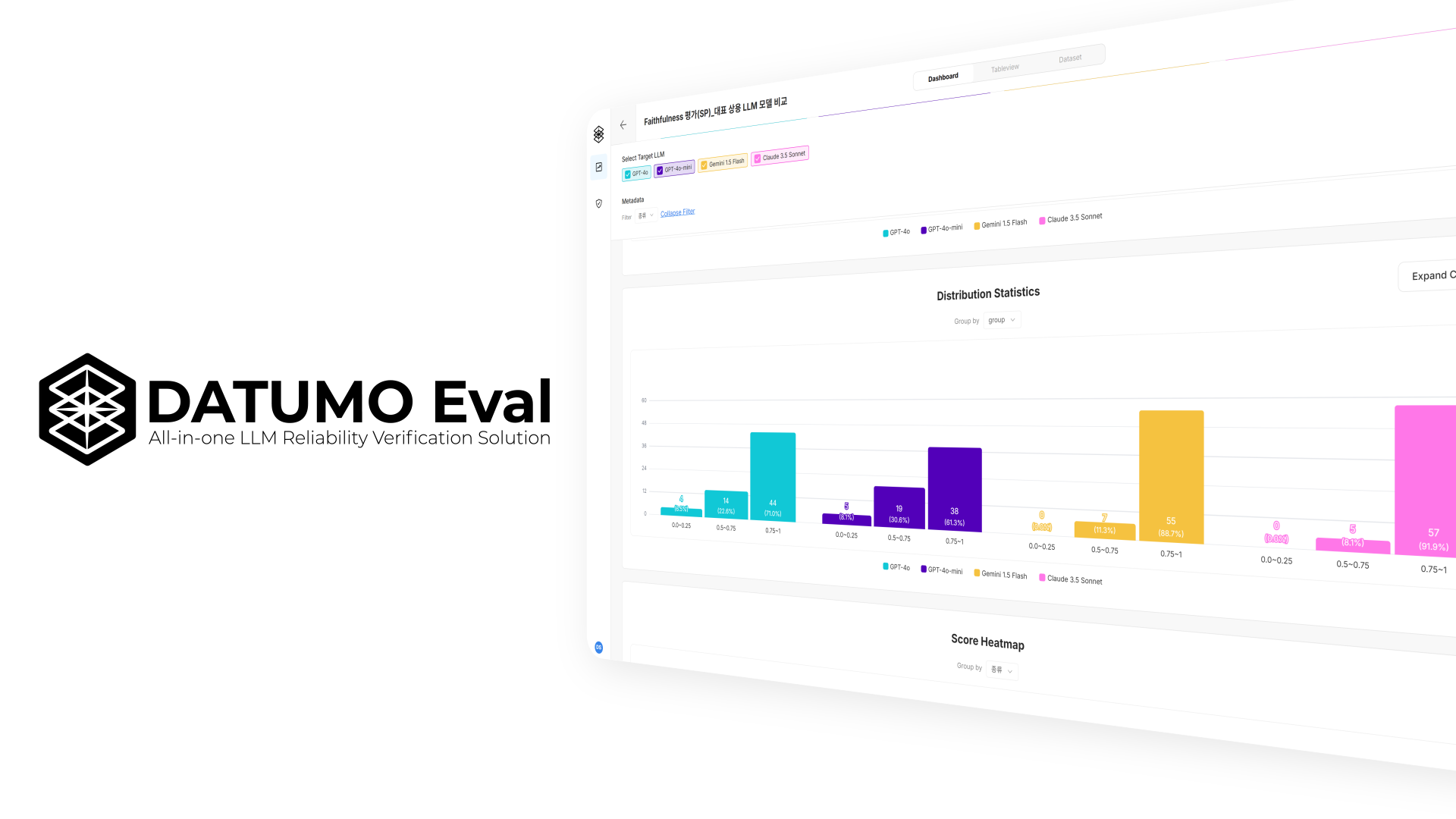Red Teaming for Gen AI
As generative AI rapidly spreads across daily life and industries, we are facing not only new opportunities but also growing risks. Large language models (LLMs) like ChatGPT, Claude, and Gemini demonstrate impressive conversational and problem-solving capabilities. However, they also introduce...









